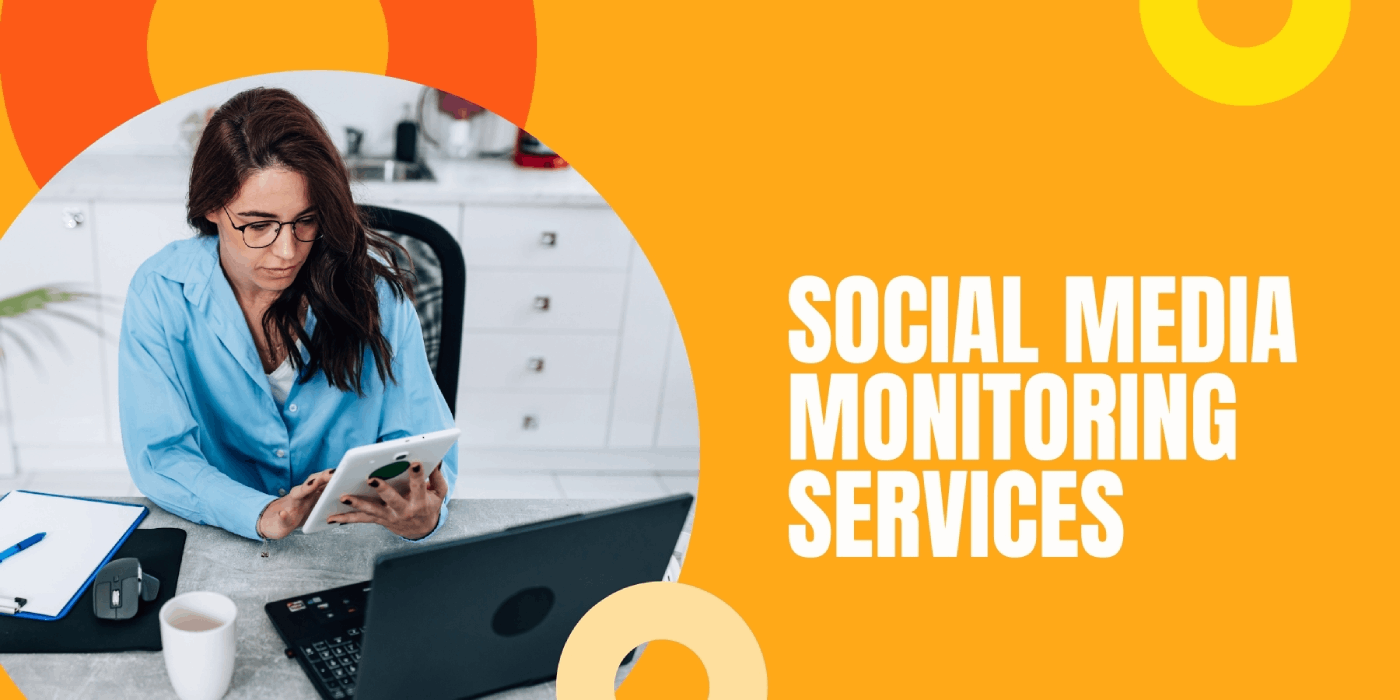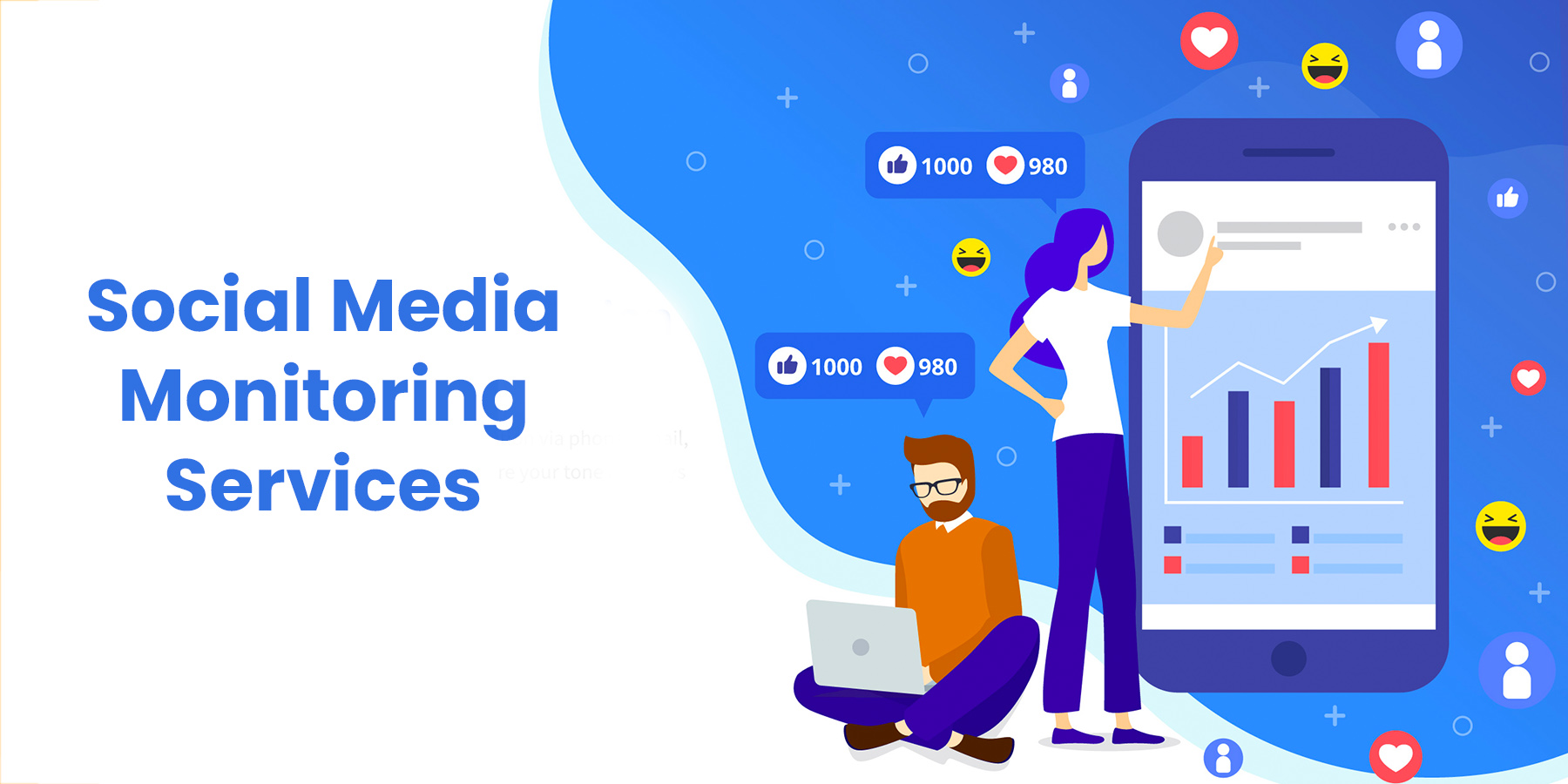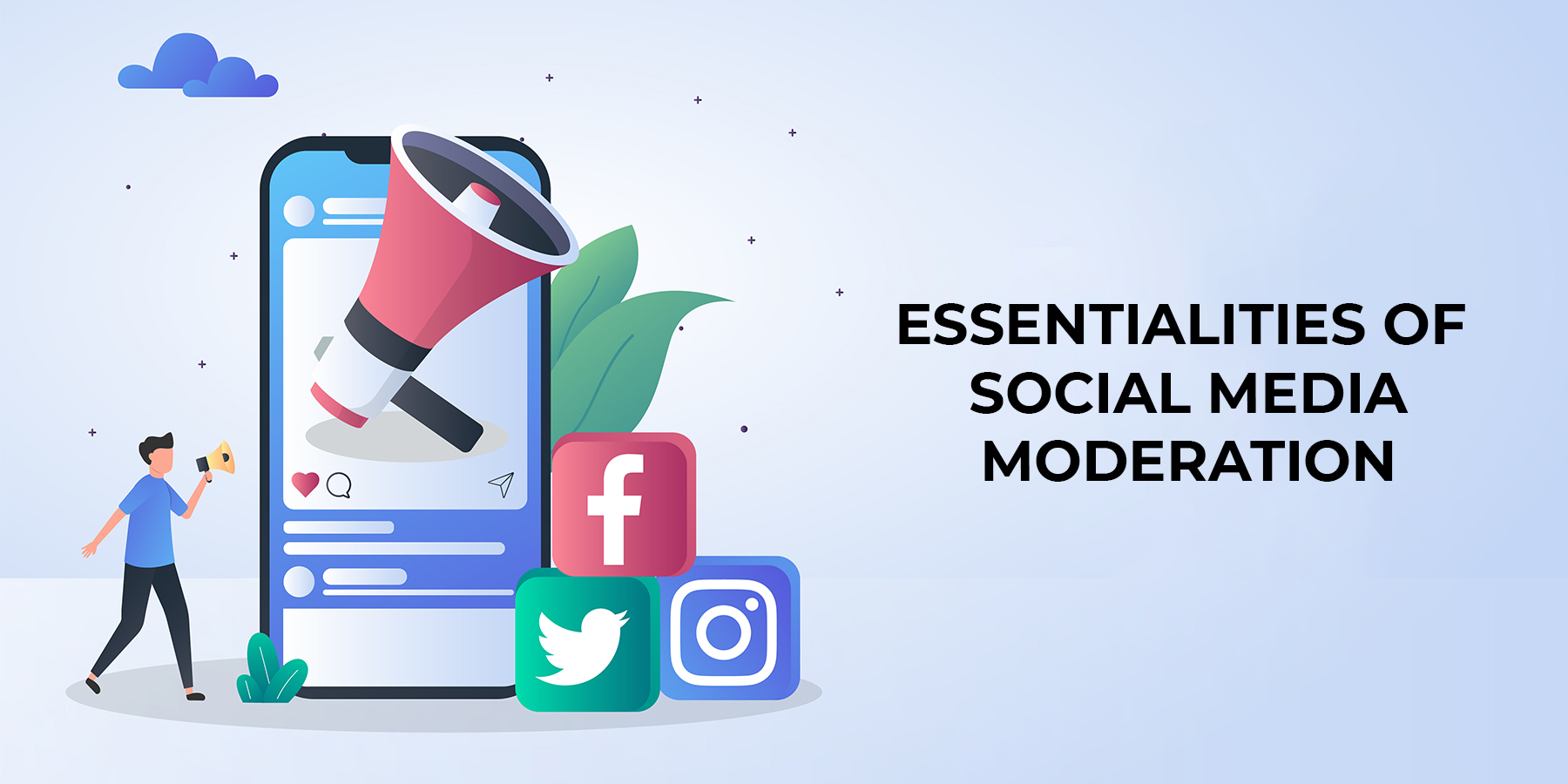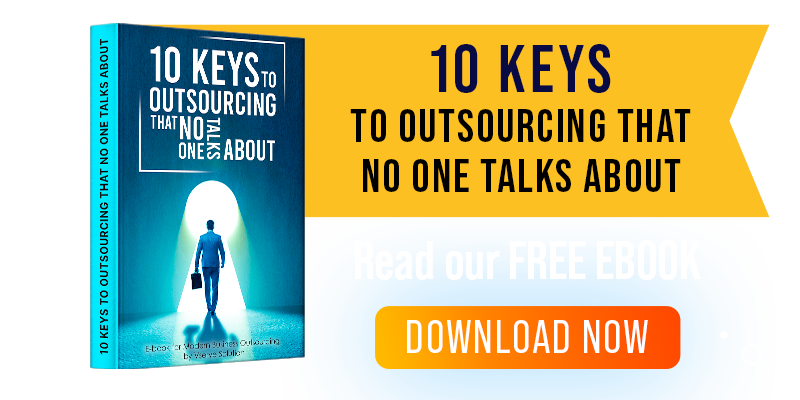Today, with social media and apps like Instagram, TikTok, and Twitter (now X), such messaging applications have successfully survived in this scenario. Specifically, WhatsApp and SMS are gaining firmer ground in business. It's no longer a process of keeping up or catching up with friends or family. Nowadays, messaging is a strong force in business communication. After all, 53% of companies reinstate WhatsApp and SMS in their channels for customer engagement. So why? What's making these traditional messaging channels hot and relevant again, and how is it changing the relationship dynamics between the customer and business?
Let's dive into why these old-school messaging platforms are making such a big comeback and how your business can benefit from integrating them into your communication strategy.
Table of Contents
Why Messaging Works: The Power of Direct Communication
The other major draw for WhatsApp and SMS is their immediacy. Indeed, unlike email, which often collects dust for hours- or even days- or social media messages lost in the shuffle, text messages boast an incredibly impressive open rate of 98%. Given the rate at which people check their phones an average of around 96 times a day, it can be a great way to touch base with your customers at the right moment. It's immediate, personal, yet, most importantly, non-intrusive.
But the real kicker? 75% of consumers now report wanting to communicate with businesses via a messaging platform like WhatsApp or SMS. Instant messaging is replacing traditional channels, such as phone calls and emails because consumers prefer a quick and informal way to engage with companies. And let's face it- no one enjoys waiting on hold or digging through their spam folder.
Another industry-wide growth trend that builds on these premises is conversational commerce. WhatsApp and SMS's two-way, personalized nature makes them perfect for transferring real-time, transactional messages about product recommendations. Such an interaction process can help foster more intimate customer relationships that further trigger engagement and, eventually, sales.
Growth in Conversational Commerce Solutions
This is the new phenomenon known as "conversational commerce," a fusion of shopping and messaging apps that enables a consumer to browse, ask questions, and even complete purchases- all through chat. As more businesses adopt this model, platforms such as WhatsApp and SMS become essential tools in the provision of conversational commerce solutions.
Why WhatsApp?
WhatsApp Business allows companies to provide catalogs, automate replies, and even include payment integration. Think of a customer messaging your business, browsing for products to buy, placing an order, and paying within the same conversation. No need for them to open another app or leave the conversation. It's fast and frictionless.
SMS
The Original Talkative Tool SMS might not be as full-featured as WhatsApp, but it has its own pluses. It is global and does not demand that users obtain a specific app. If somebody owns a mobile phone, the person will undoubtedly receive messages via SMS. And when it comes to reaching the maximum number of recipients, SMS still represents an excellent opportunity for business purposes.
Businesses are now significantly altered in the way they engage with consumers with the advent of conversational commerce solutions, led by WhatsApp and SMS. Business engagement can be improved through convenience increases and real-time customer service as companies meet the consumers exactly where they are on their phones.
The Way of Change in A Business Chat Platform
Interestingly, although still a messaging platform, it's not precisely the one-on-one messaging it used to be. Instead, these robust business chat platforms facilitate integrations into CRM systems, automation, and even campaign-style marketing. For example, through the business messaging features of WhatsApp, one can automate greetings, quick replies, and away messages so that customers always feel heard outside business hours.
Another cause for this change is the customer's expectations. From instant messaging to overnight delivery, consumers expect just that and believe businesses should also deliver fast. SMS marketing and WhatsApp marketing fit perfectly in the world. They allow companies to respond to queries in real-time, give updates, and even send promotional messages that customers can act on.
The need for business messaging channels is driven by ever-increasing personalization. 65% of consumers want companies to personalize their messages according to previous conversations. With the aid of WhatsApp or SMS, businesses can now transmit very personalized and targeted communications based on customer data, leading to higher engagement and conversion.
Mobile Messaging Trends: WhatsApp, SMS and Beyond
More businesses are embracing mobile messaging trends and discovering that it creates more than just a place to chat. Some of the trends that fuel business back into WhatsApp and SMS include:
- Omnichannel Integration: Today, customers are in touch with the brands over social media, email, chat on the website, and so much more. Add WhatsApp and SMS to that, and it is easy for businesses to have a seamless omnichannel experience where they can switch from one channel to another without losing context.
- Automation and AI: Companies now use AI-driven chatbots on platforms such as WhatsApp to answer the most basic questions of customers about order status or FAQs, thus allowing human agents to move on to higher-level tasks with instant answer delivery for customers.
- Enhanced Security Features: End-to-end encryption enables the secure and safe communication of information between businesses, such as delivery updates or payment confirmations. This also provides customers with complete peace of mind because their personal data will be safe.
- Conversational Commerce WhatsApp: Many brands are embracing WhatsApp as a channel for conversational commerce. That is, customers are able to browse, shop, and even pay for purchases within the chat interface. This trend is going to accelerate exponentially as the marketplace becomes smarter about the available opportunities for in-chat checkout.
How to Effectively Implement WhatsApp and SMS Marketing
Ready to jump on the business texting bandwagon? Here are some best practices to get moving on WhatsApp SMS marketing:
- Choose the best platform: WhatsApp or SMS? Which is relevant enough to be used by your intended audience. Though WhatsApp offers all kinds of features, SMS could just be what you need for reaching a wider audience.
- Automate wherever possible: Frequently asked questions such as business hours, location, FAQs can be handled with automated messages. The chatbots will take care of these queries without human intervention, thus saving time and resources.
- Make it personal: Customers care about messages that are directed to them individually. Use customer data to make messages more personal in a context related to past behavior, like reminding someone of items left in a cart or offering them something similar.
- Timing is everything: The timing of the message has everything to do with whether the customer will engage, such as when he is browsing your website or just finished a purchase.
- Test and Optimize: You must keep testing your messaging strategies to see what works best. Whether it's A/B testing different messages or experimenting with the frequency of communication, continuous optimization is key to success.
Frequently Asked Questions (FAQs)
Is WhatsApp Business free of cost for companies?
Yes, the basic features of WhatsApp Business come for free. But advanced features such as WhatsApp Business API can be paid for, based on the volume of messages.
Compare business communication between SMS and WhatsApp
Directly they both provide direct communication; however, WhatsApp offers much more rich interactions with images, videos, catalogs, etc. Whereas SMS only communicates through text and links.
Is it possible to integrate my CRM system with marketing through WhatsApp or SMS?
Yes, most CRM systems now offer a module for WhatsApp and SMS integration that helps smooth out customer data, automate responses, and personalize communication with customers.
Key Takeaways
Wrapping up our discussion on why messaging platforms such as WhatsApp and SMS are back in vogue, it is evident that businesses are rediscovering the immense value these channels present for direct, personal communication with customers. Three takeaways key to summarizing the entire discussion are:
- Leverage Conversational Commerce: Businesses can engage their customers with conversational commerce solutions using WhatsApp and SMS, which offer a seamless shopping experience right from the chat.
- Maximize Customer Engagement: With high open rates and real-time responses, business texting on these platforms allows you to meet customers wherever they are, resulting in stronger relationships.
- Optimize for Personalization and Automation: Integrate chatbots and automated messaging to streamline your business chat platforms, making it easier for customers to be helped while maintaining efficiency.
We have witnessed the mobile messaging trend reshape the future of business communications and how companies utilize these channels for growth. Let's keep the conversation going if you are ready to add WhatsApp and SMS to your strategy or have questions!
Please feel free to comment below with your insights and experiences. If you want to stay on top of customer support insights and strategies, remember to like Wow Customer Support on Facebook, and LinkedIn. Stay tuned for the continued journey into the future of customer service together!












